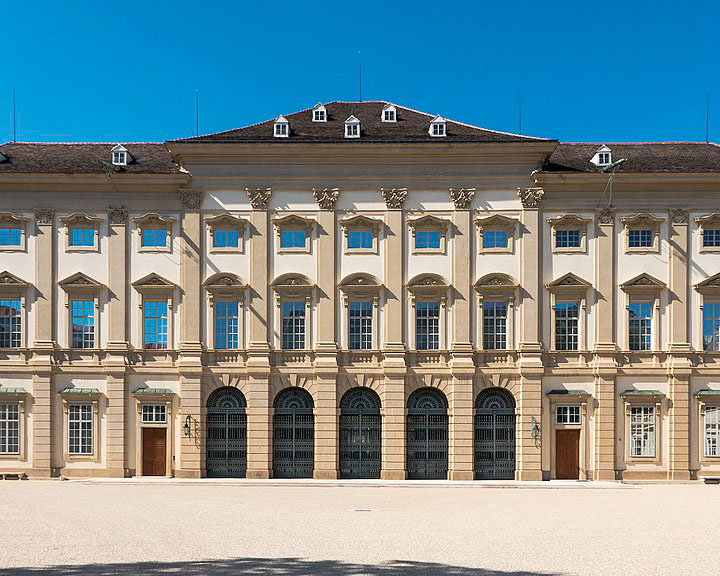Vienna ‘s Baroque architecture is renowned for its elaborate ornamentation, intricate designs, and grandeur.
Vienna’s Baroque Architecture: Marvels of the Past
Vienna has a rich and diversified architectural legacy that spans the Romanesque through the Modernist periods. The Baroque, on the other hand, is one of the most important and significant styles that created the city’s look. As a response to the Renaissance and Reformation, the Baroque style arose in Europe in the 17th and 18th centuries. Ornate details, dramatic contrasts, dynamic shapes, and emotional emotions defined it. The Austrian Habsburg emperors admired the Baroque style, commissioning numerous spectacular structures and monuments to demonstrate their power and grandeur. This tour will show you to some of Vienna’s most remarkable examples of Baroque architecture and explain what makes them unique.
What exactly is Baroque architecture?
The style of Baroque architecture developed in Italy in the late 16th century and extended across Europe in the 17th and 18th centuries. Various aesthetic movements, such as Mannerism, Classicism, and Rococo, impacted it. The following are the primary characteristics of Baroque architecture:
Curves, twists, and scrolls are used to create dynamic and complicated forms.
Light and shadow are used to produce dramatic effects and illusions.
The use of vibrant colors, textures, and materials to create opulent décor
Using sculptures, paintings, and frescoes to create cohesive compositions
Using symbolism and metaphor to communicate religious or political ideas
Baroque architecture was often employed for religious structures like churches and monasteries, as well as secular structures like palaces and public squares. It was also employed in urban planning to create great avenues and views that highlighted the significance of certain buildings or landmarks.
What Makes Vienna ‘s Baroque Architecture So Famous?
As one of the major hubs for the architectural movement in Europe, Vienna is renowned for its Baroque structures. From the sixteenth through the nineteenth centuries, the city served as the seat of the Habsburg Empire, which governed over a sizable portion of Central and Eastern Europe. In order to construct and adorn their structures, the Habsburgs, who were ardent supporters of art and culture, employed some of the greatest architects and painters of the day. Johann Bernhard Fischer von Erlach (1656–1723), Johann Lucas von Hildebrandt (1668–1745), and Domenico Martinelli (1650–1718) were a few of these designers. They were inspired by French and Italian designs, but they also created their own unique style that mirrored regional customs and preferences.
What Viennese’s Baroque Buildings Come to Mind?
Here are a few of Vienna’s most noteworthy examples of baroque architecture, however there are many more.
One of Vienna’s most recognizable sights is the St. Charles Church, which is situated on Karlsplatz. Between 1716 and 1737, Fischer von Erlach and his son Joseph Emanuel constructed it. After surviving a plague outbreak, Emperor Charles VI ordered it as a votive church. The church has a stunning oval dome with murals by Johann Michael Rottmayr, two spiral columns that were modeled after Trajan’s Column in Rome, and a lavishly painted façade with saint statues.
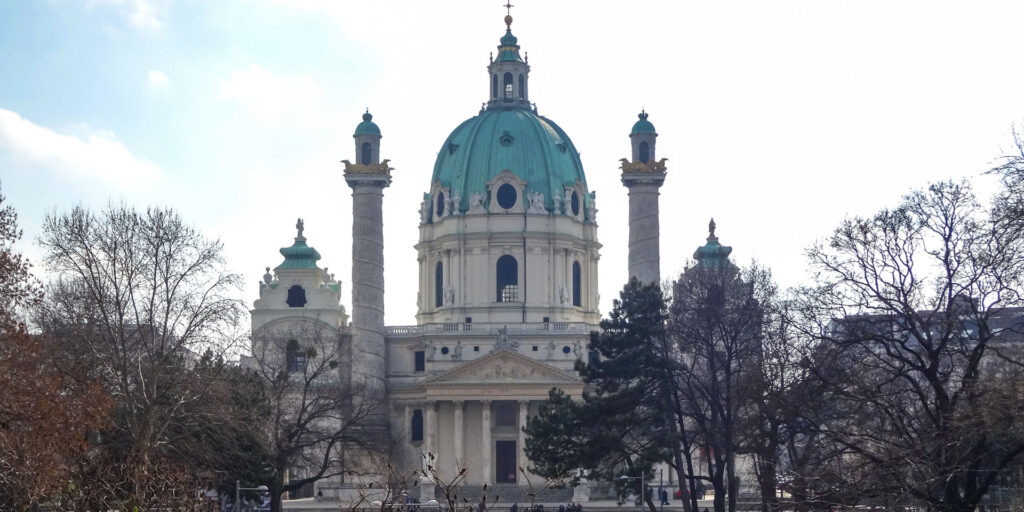
Schönbrunn Palace, situated on the outskirts of Vienna, is one of the city’s most popular attractions. As a vacation home for Emperor Leopold I, Fischer von Erlach constructed it between 1696 and 1712. Hildebrandt subsequently added to and remodelled it for Empress Maria Theresa. Over 1,400 rooms in different architectural eras, including Baroque, Rococo, and Neoclassical, make up the palace. A sizable park with sculptures, gardens, fountains, and a zoo surrounds it.
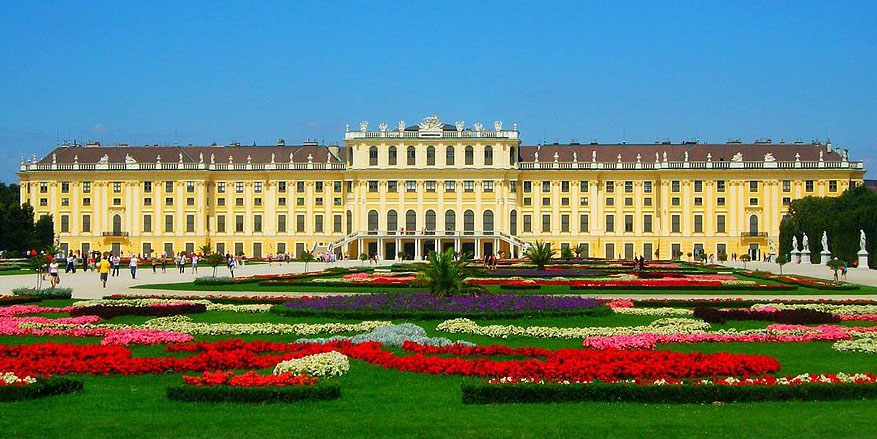
Belvedere Palace is a stunning collection of buildings and gardens in Vienna that can be seen on Rennweg. As a house for Prince Eugene of Savoy, one of the most renowned military leaders in European history, Hildebrandt constructed it between 1714 and 1723. The Upper Belvedere and the Lower Belvedere are the two palaces that make up the complex. A slope landscape with terraces, fountains, and sculptures connects them.
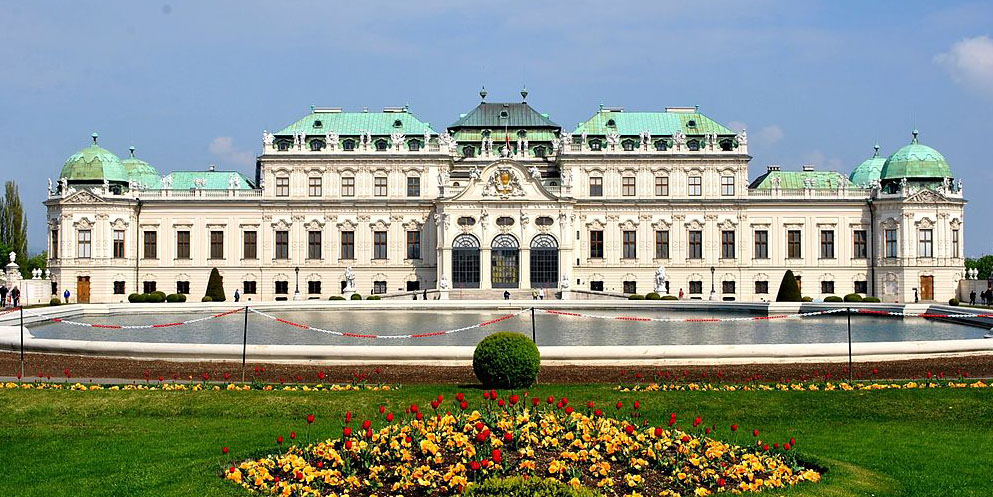
The majestic Vienna City Hall, which is situated on Rathausplatz, is one of the city’s most outstanding public structures. Friedrich von Schmidt constructed it between 1872 and 1883 in a Neo-Gothic design. The Vienna city council and mayor both have offices there. It boasts an impressive tower with a statue of a knight atop it, as well as a lavishly adorned façade with sculptures of illustrious Viennans. The Christmas market, the film festival, and the ice skating rink are just a few of the annual activities held in the municipal hall.
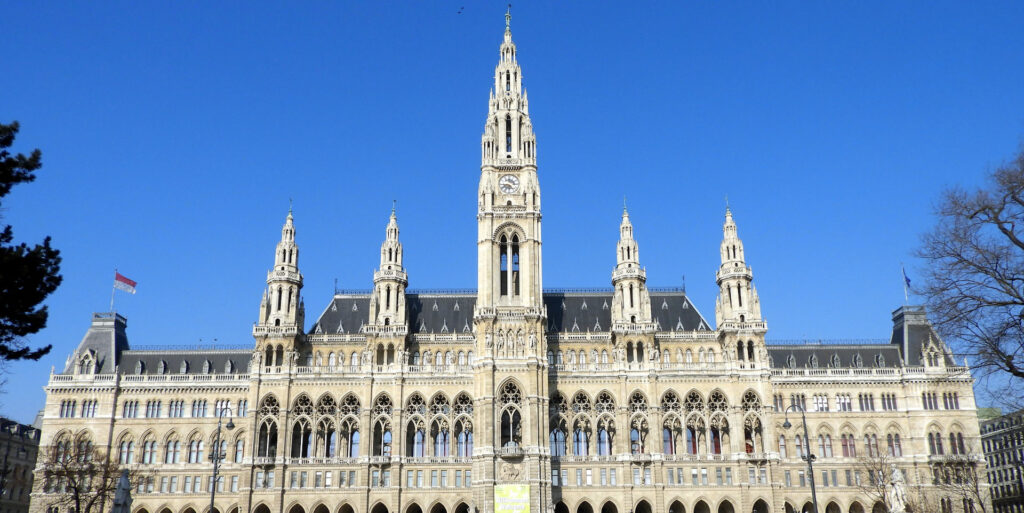
Imperial Stables: Situated on Museumsplatz, this group of structures formerly served as the residence for the horses and carriages of the Habsburg court. Baroque architects Fischer von Erlach and Joseph Emanuel Fischer von Erlach constructed it between 1713 and 1725. There is a courtyard with arcades and fountains as well as a grand gate with an imperial eagle on top. The Museum of Natural History (NHM) and the Museum of Contemporary Art (MUMOK) are currently located in the former stables.
Liechtenstein City Palace, situated on Bankgasse, is one of the most magnificent private residences in Vienna. Domenico Martinelli and Enrico Zuccalli constructed it for Prince Johann Adam Andreas I of Liechtenstein between 1692 and 1705. Hildebrandt subsequently modified it for Prince Joseph Wenzel I of Liechtenstein. The palace boasts a stunning interior with frescoes, stucco, and paintings, as well as a beautiful façade with pilasters and sculptures. Some of Europe’s best art collections, including pieces by Rubens, Rembrandt, and Van Dyck, are housed in the palace.
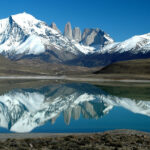
Experience the Magic of Patagonia
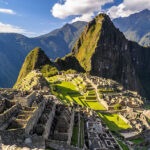
How Machu Picchu changed the World
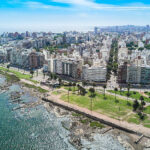
Uruguay, a Destination for Digital Nomads






